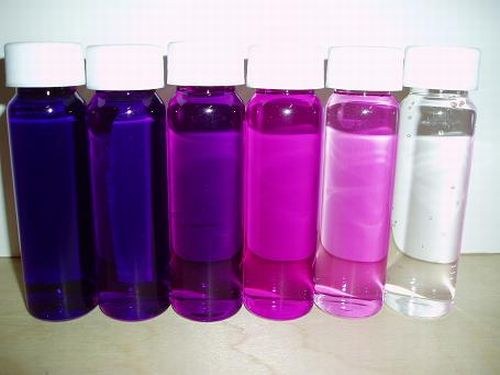You will need
- the solutions of different concentrations;
- water;
- calculator.
Instruction
1
To find the concentration of substances dissolved in the water, use the concept of mass fraction of these substances. To do this, fold the mass of water and the substances which it dissolves. Then divide the mass of dissolved substances to mass of solution and multiply the result by 100%. The resulting number will be the concentration of a substance in solution. For example, if 200 g of water, add 50 g of salt, give 240 g of solution. Divide the mass of salt per mass of solution and multiply by 100% (50∙100/240=20). The concentration of salt in the solution is 20%.
2
To solve the problem by changing the concentration, first find the mass of solution which has to be change in the concentration for a given mass of dissolved substances, which find, using data on the mass of the solution. Then calculate how much solvent you will need to add. For example, the concentration of sugar in 160 g of solution equal to 20 %. How much need to top up with water to the concentration of the solution became 10%? Calculate the weight of sugar in solution for the mass of solution multiply the concentration of the substance and divide by 100%, will receive 160∙20/100=32 g. in order to obtain a solution concentration of 10%, its total mass must be 32∙100/10=320 g. To obtain a 10% solution add more 320-160=160 g of water.
3
Since the concentration of gas molecules is equal to their number in unit volume to find it, divide the number of gas molecules N, the volume V they occupy n=n/V. If this is not possible, to determine the concentration at one consequence of the basic equation of molecular-kinetic theory. To find the concentration of gas molecules, divide the pressure on the Boltzmann constant k=1,38∙10^(-32) and the gas temperature, measured in Kelvins n=p/(k∙T).


